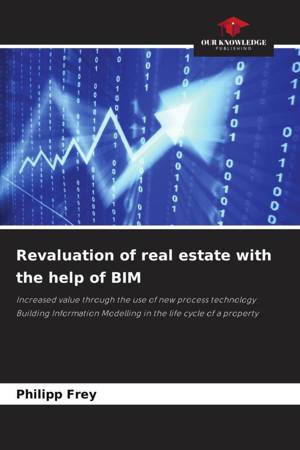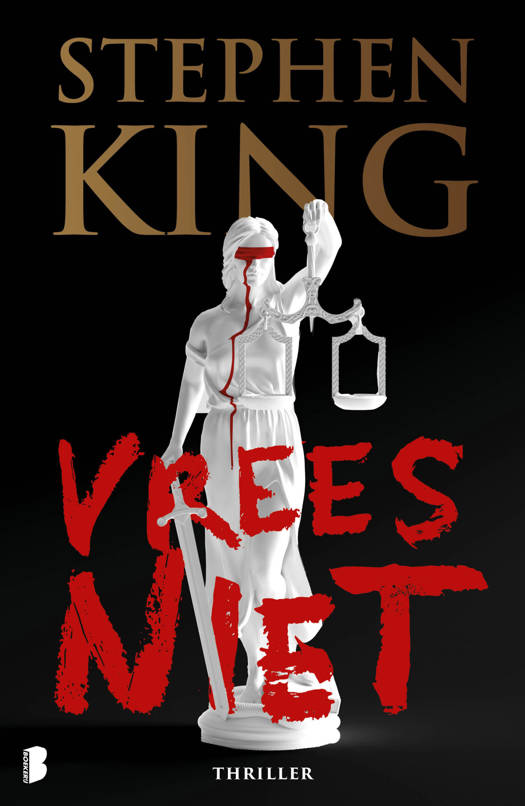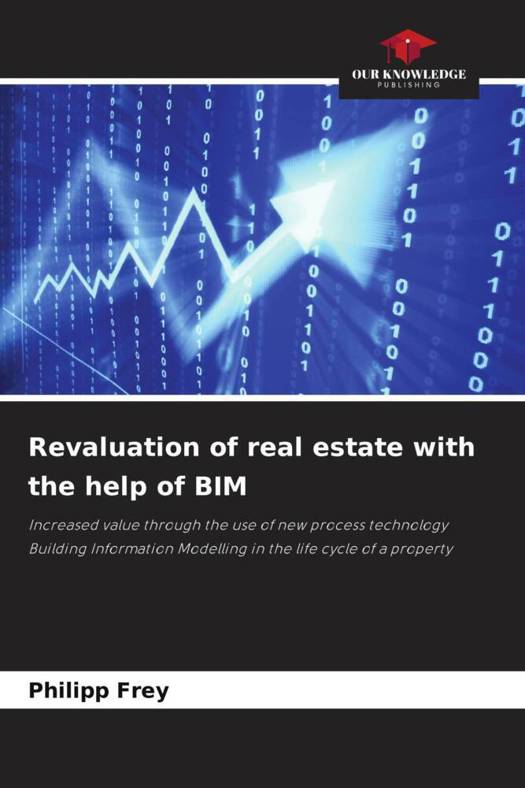
- Afhalen na 1 uur in een winkel met voorraad
- Gratis thuislevering in België vanaf € 30
- Ruim aanbod met 7 miljoen producten
- Afhalen na 1 uur in een winkel met voorraad
- Gratis thuislevering in België vanaf € 30
- Ruim aanbod met 7 miljoen producten
Zoeken
Revaluation of real estate with the help of BIM
Increased value through the use of new process technology Building Information Modelling in the life cycle of a property
Philipp Frey
Paperback | Engels
€ 32,45
+ 64 punten
Omschrijving
It is clear that the application of the new Building Information Modelling technology will have a significant impact on the design, planning, execution and operational phases of a building. The introduction of ÖNORM A 6241-2 in Austria laid the foundation for the implementation of Building Information Modelling processes. The use of Building Information Modelling throughout the entire life cycle enables, among other things, a reduction in interfaces and information deficits through the holistic, digital and virtual representation of the physical and functional properties of a property, thus giving three-dimensional, holistic data storage and representation of real estate a competitive edge. Research question: Is Building Information Modelling the key to reducing the sum of all risk potentials in the individual project phases, starting with project development and extending to the reduction of risks in the ongoing management of real estate? Based on this consideration, does the use of Building Information Modelling in the life cycle of a property lead to an increase in the value of an object?
Specificaties
Betrokkenen
- Auteur(s):
- Uitgeverij:
Inhoud
- Aantal bladzijden:
- 76
- Taal:
- Engels
Eigenschappen
- Productcode (EAN):
- 9786208988913
- Verschijningsdatum:
- 22/06/2025
- Uitvoering:
- Paperback
- Afmetingen:
- 150 mm x 220 mm

Alleen bij Standaard Boekhandel
+ 64 punten op je klantenkaart van Standaard Boekhandel
Beoordelingen
We publiceren alleen reviews die voldoen aan de voorwaarden voor reviews. Bekijk onze voorwaarden voor reviews.











